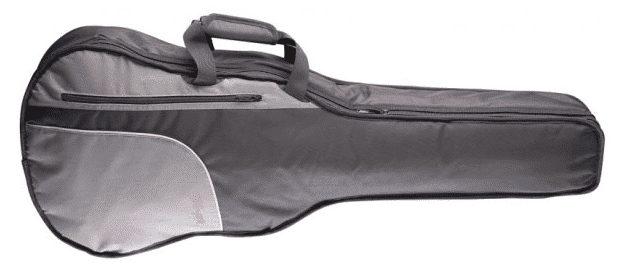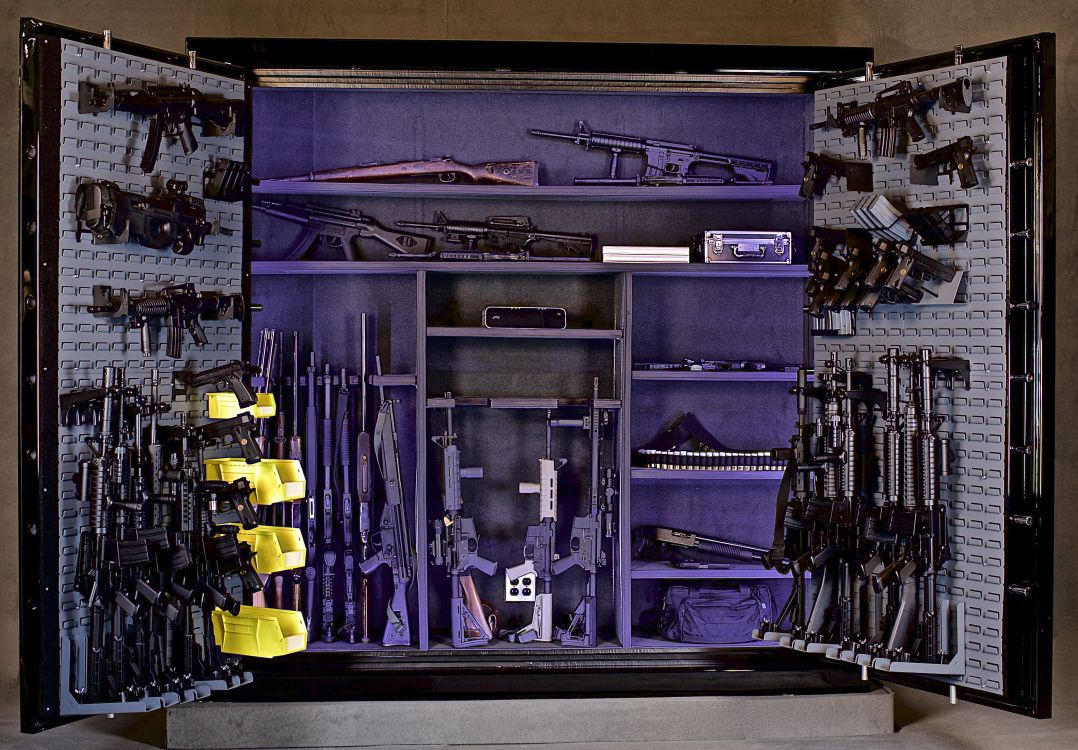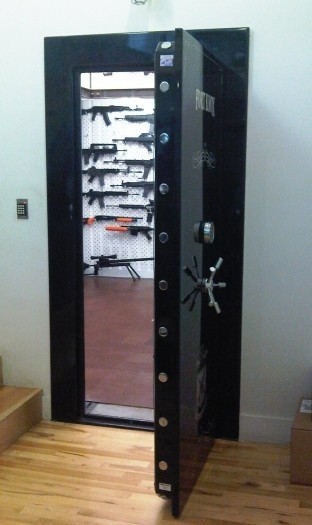THINGS HAVE CHANGED!
This article has not yet been updated to reflect the latest changes in legislation. Working on it!
Compliance isn’t enough.
Sure, we are nowhere near as loose as the US where the concept of a ‘nightstand’ pistol is very real as the joke of sleeping with your guns may actually be a reality, but it’s still important to stop and consider – am I doing the minimum I need to do in order to comply or am I actually taking all practical steps to ensure that my firearms are secure? There is a world of difference in both attitude and results in those two statements.
Every now and then you hear a report on stolen firearms. While it is important to note that police are not reporting increased numbers of theft, any firearms disappearing into unlicensed hands is of concern for society. What also concerns me is when I hear about how some of these robberies were performed. ‘The window was opened with a spade lying nearby and the gun case was carried away with some other items’. Was the storage compliant? Maybe? Had the owner done everything practical to prevent their theft? No. Not by a long shot.
I know of more than one shotgun that is secured by wire rope wound around a ‘stout stud’ in the garage. This was chosen because it was the cheapest way of ‘complying’ with the firearms safety requirements.
And you know what – it probably is secure. But it’s the attitude of placing cost as the priority that needs to change.
Rule 6: Store firearms and ammunition safely
You are required by law to have a safe and secure place to store your firearms. All firearms and ammunition should be stored separately, out of the reach of children, out of view and in a secure room, rack or cabinet approved by your Arms Officer.
My first ‘storage’ system was a Guncity Rack – and I will admit – as advertised, I viewed it as ‘This is the cheapest and simplest way to comply’.1 I purchased it, screwed it into a stud in a cupboard and had the arms officer come around and sign it off. Good to go!
There was a couple of factors that led me to replace it with a safe. The main being that I was getting into Pistol Shooting and therefore needed a suitable B Cat Safe. Compliance.
But I figured that if I was getting a safe instead of just getting a small pistol safe I should get a full size one for a couple of reasons.
I realised that I was going to want to own more than one rifle at some point.
Unbolting, pulling the gun off the bar and threading it through the front ‘holder’ meant I was banging the rifle a couple of times and wasn’t actually the world’s easiest thing.
Even though it was in a cupboard I didn’t like how ‘open’ the storage of the rifle was.
It just ‘felt’ more secure.
In the end I purchased an E Category Safe and actually hired some professional lifters (with a handy stair climbing machine) to get it into the space it needed to be. Four deadbolts into concrete, four into studs and metal plates later, and the safe was good to go! Sure, if someone was going to take to the safe with a gas axe, they would I guess eventually get it open. After making a hell of a lot of noise and likely getting a tap on the shoulder from the police – ‘why yes officer, the silent alarm has gone off, no I am not there, yes there are firearms in the building, yeah, gas-axe required’. It’s much more reassuring to me than a re-purposed locker with a padlock on it.
Is this level required for compliance? For E and B, yeah. For A? Not so much. But I would put it out to people that it’s worth considering. Especially in modern times, when we as firearm owners should be demonstrating an understanding of the responsibility we have in securing our guns when not in use.
 Bolt and ammo?
Bolt and ammo?
Ohhhh… contentious subject. It’s required that either ammo is stored separately, or the firearm is made incapable of firing. I personally, like to keep bolts in the firearms to protect the action and internals and also to protect the bolt head itself. The ammo is locked away separately. However, if I am heading away for any period of time, then I would remove the bolts and store them separately as well (hell, if I am heading overseas, they are likely going to another address totally). Again – totally not required or expected – but it’s easy enough to organise, so why not?
Gun Storage when travelling?
This is where things can get interesting.
Generally, if you are travelling, the firearm is in the vehicle with you. As per regulations, you can’t leave the vehicle unattended with firearms in it. This means you need to do a little bit of forward planning.
For a start – don’t put it in the back seat (or the front), or anywhere that it’s going to be obvious to anyone looking in on it. This is a reason why a plain, not blatantly obvious case is a good thing. In my eagerness (ignorance?) of a first rifle purchase, I got a rifle bag in blaze camo. It basically screams gun. In hindsight not the best of ideas. Much like the pelican case with gun stickers all over it, while we don’t need to be ashamed or shy about owning firearms we don’t need to be drawing excessive attention to the fact we have a firearm being transported.

The Document
This is the document you need to refer to:
https://www.police.govt.nz/sites/default/files/publications/firearms-secure-storage-guidance.pdf
It is the document the Police, Arms Officers, everyone needs to be referencing when it comes to firearms storage – it is what I teach in the courses, and what is slowly become the standard when it comes to understand what the requirements are.
I also note – as a strange additional point – it says ‘So simple to use you will lock your guns away every time’. Well, no, you WILL lock your guns away every time. It’s the law and the responsible thing to do. Easy or not. ↩




